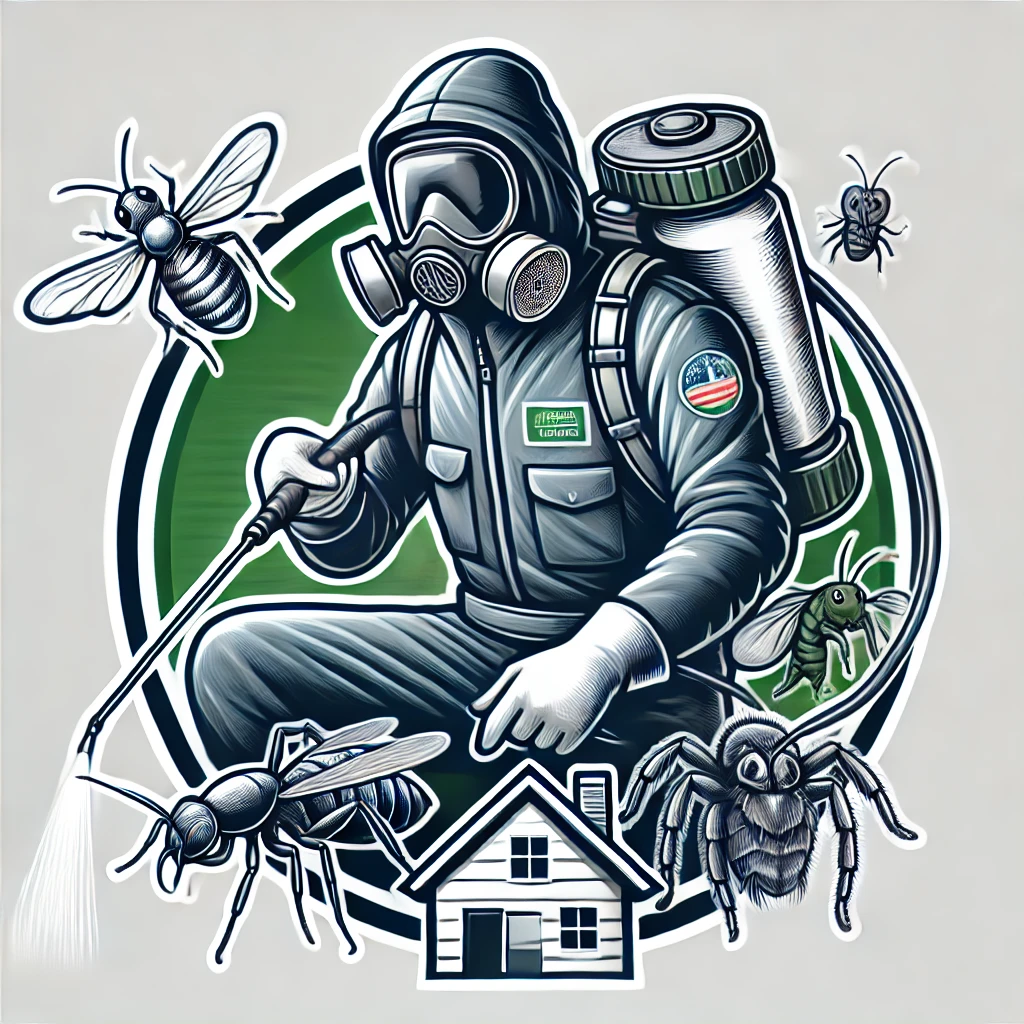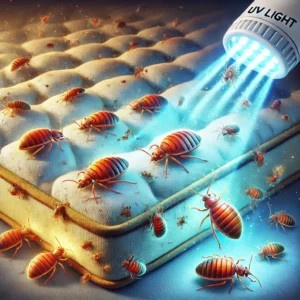Bed bugs are one of the most persistent and frustrating household pests, leading many people to seek alternative methods for extermination. One method that often comes up is the use of UV light to kill bed bugs. But does it actually work? Let’s break down the science behind UV light and whether it’s an effective solution for bed bug control.
Can UV Light Kill Bed Bugs?
UV light has the ability to kill certain bacteria and viruses by breaking down their DNA, but when it comes to bed bugs, the answer is no, UV light is not an effective bed bug killer.
1. Bed Bugs Hide in Dark, Hard-to-Reach Areas
Bed bugs are nocturnal pests that prefer to hide in deep cracks, furniture crevices, and mattresses, which means UV light cannot directly reach them. Unlike surface bacteria or airborne germs that can be killed with prolonged UV exposure, bed bugs will simply avoid direct light exposure by burrowing deeper into their hiding places.
2. UV Light Needs Prolonged Exposure to Be Effective
For UV light to kill small organisms, it requires intense, prolonged exposure—often several hours under direct UV-C radiation. Bed bugs are mobile and can quickly move away from harmful light sources, making it almost impossible to keep them exposed long enough for UV to have any real impact.
3. UV Light Does Not Produce Heat
Unlike heat treatments, which can instantly kill bed bugs at 120°F or higher, UV light does not generate enough heat to destroy these pests. Bed bugs and their eggs can withstand standard room temperatures, and without sufficient heat, they will remain unaffected by UV exposure.
Can UV Light Help Detect Bed Bugs?
While UV light does not kill bed bugs, it can still be a useful tool for detection. Here’s how:
- Bed bug droppings and eggs fluoresce under UV light, making them easier to spot on mattresses, bed frames, and furniture.
- UV flashlights are sometimes used by professionals to locate signs of an infestation.
If you suspect a bed bug problem, using a UV light can help identify their hiding spots—but it should not be relied on as a treatment method.
What Actually Kills Bed Bugs?
Instead of relying on UV light, here are some proven methods to eliminate bed bugs:
1. Heat Treatment 🔥
- Bed bugs die at temperatures above 120°F (49°C).
- Wash bedding and clothing at 130°F or higher and dry on high heat for at least 30 minutes.
- Professional exterminators use whole-room heat treatments to raise temperatures high enough to kill all bed bugs and eggs.
2. Steam Treatment 💨
- Steam cleaners that reach 200°F (93°C) or higher can kill bed bugs on contact.
- Steam is effective for cracks, furniture, and mattress seams, where bed bugs hide.
3. Pesticides & Natural Solutions 🦟
- Diatomaceous earth is a natural powder that dehydrates and kills bed bugs over time.
- Professional-grade pesticides can be applied to furniture and baseboards for long-term control.
4. Vacuuming & Mattress Covers 🛏️
- Frequent vacuuming of infested areas helps remove bed bugs and eggs.
- Bed bug-proof mattress encasements can trap and starve bed bugs inside the mattress.
Final Verdict: Is UV Light a Bed Bug Solution?
UV light is not a reliable method for killing bed bugs. While it can help detect signs of infestation, it does not generate enough heat or prolonged exposure to eliminate bed bugs or their eggs. If you are dealing with an infestation, the most effective approach is heat treatment, steam cleaning, or professional extermination services.
For best results, act quickly at the first sign of bed bugs and use proven methods to keep them from spreading.


Leave a Reply
You must be logged in to post a comment.